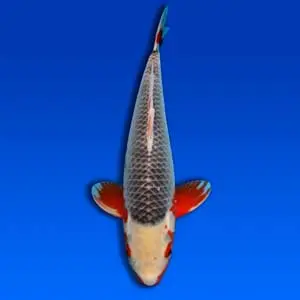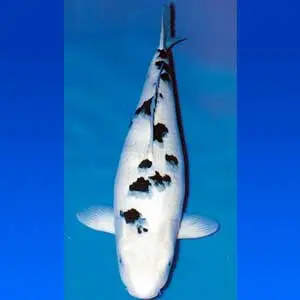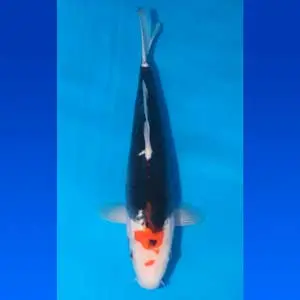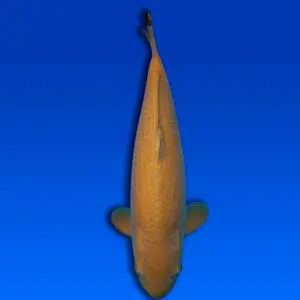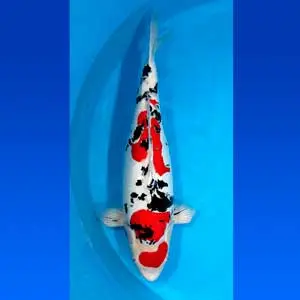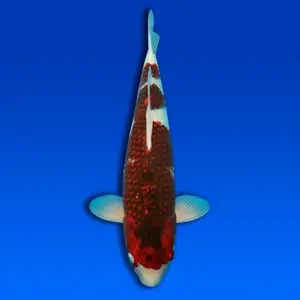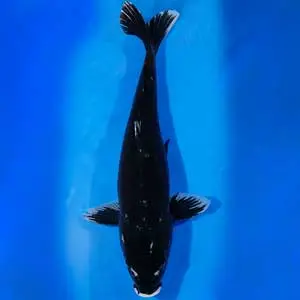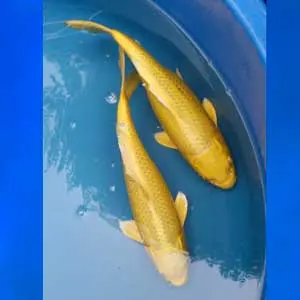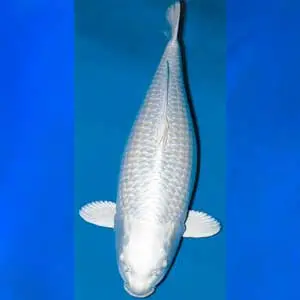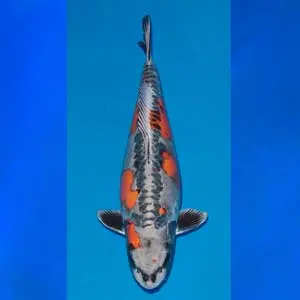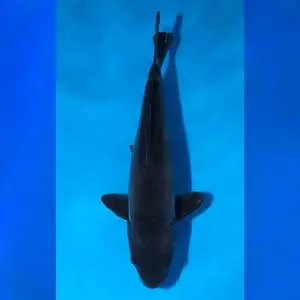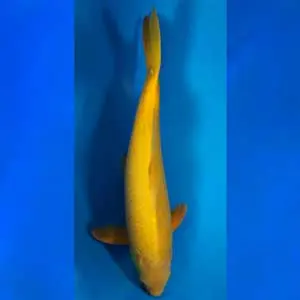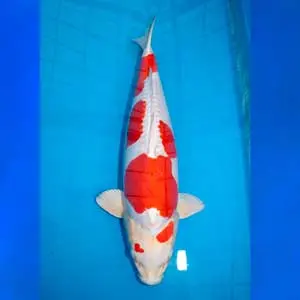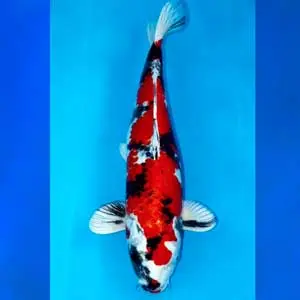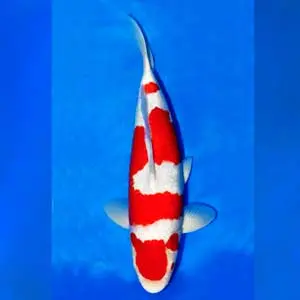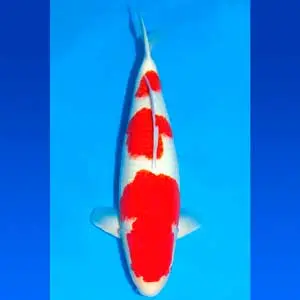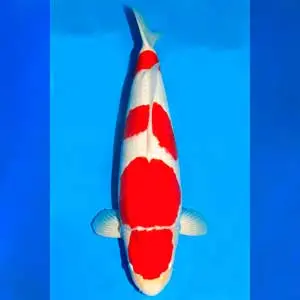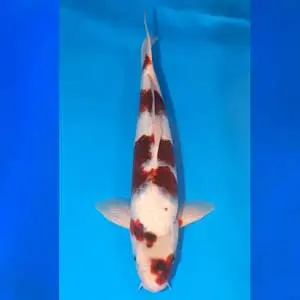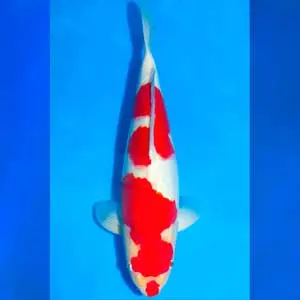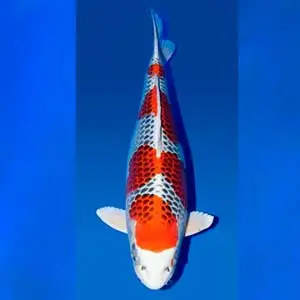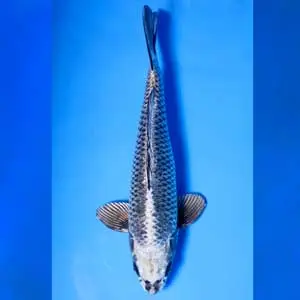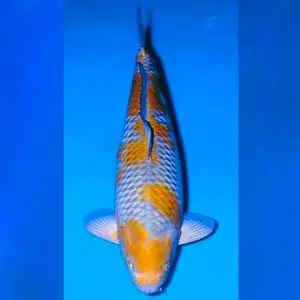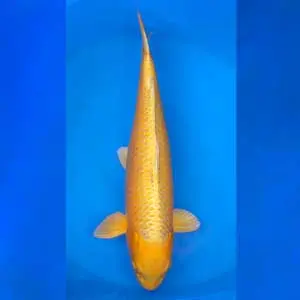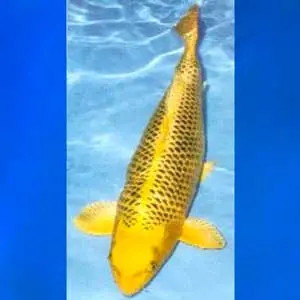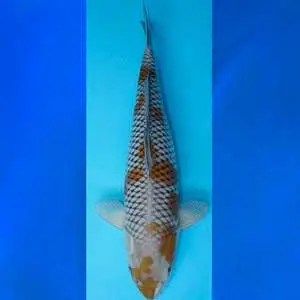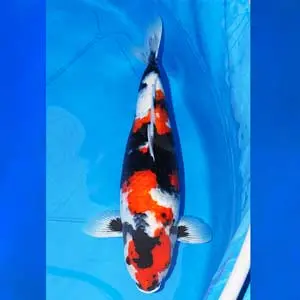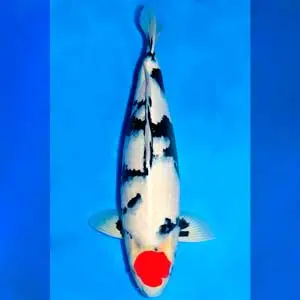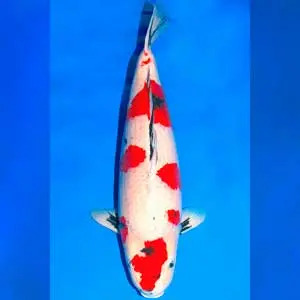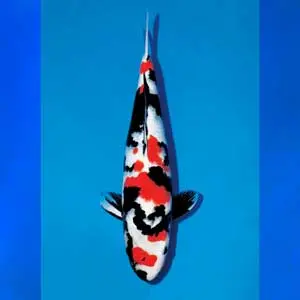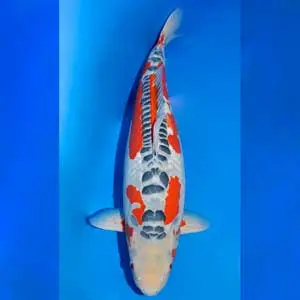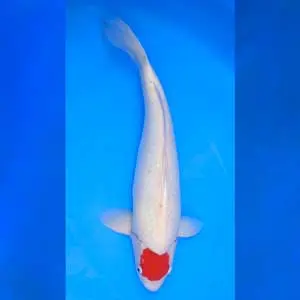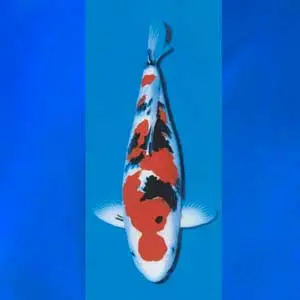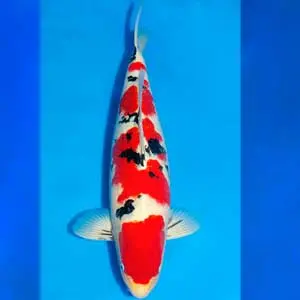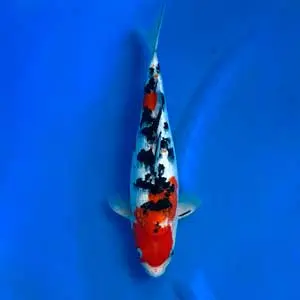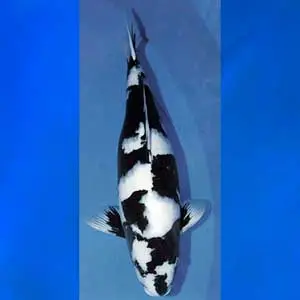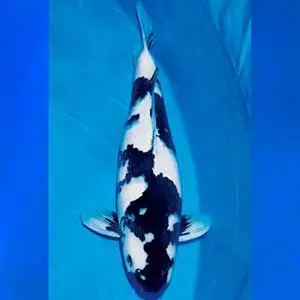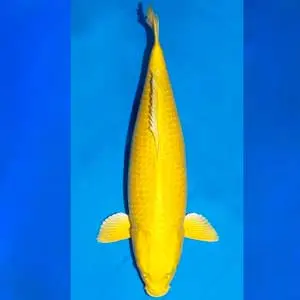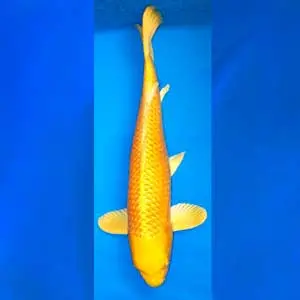Japanese Tattoo Koi Fish Meaning.
koi fish are renowned symbols in Japanese and Chinese culture.
One popular traditional Japanese tattoo motif is the form of koi carp.
They are said to own several masculine qualities such as strength and bravery.
The koi carp in China were known to attempt swimming upstream in the yellow river,
but only a few of them were able to swim past a point called the Dragon’s Gate.
Legend has it that the koi who did were rewarded by turning into dragons.
For this reason, koi carp are also a symbol of determination and a strong will to succeed.
The Meaning Of Koi fish Tattoo Colors.
The color of a koi tattoo can change it’s meaning.
Traditionally, however, these colors have their own meanings.
black father / red mother / blue first son / pink daughter.
-Black .
The black koi is associated with successfully overcoming an obstacle and symbol of masculinity in Japan represents the father.
It often recognizes a successful battle through struggle in one’s life.
-Black and White .
The black and white koi is a powerful one that stands for significant life transformations and rebirth.
-White.
A white koi is a symbol of success in one’s career. It may also represent the son of a household.
-Blue .
The blue koi fish is often associated with masculinity and fertility. a symbol for the son of a family,
the blue koi also meaning peace, serenity, and calmness.
-Gold .
The colors Gold yellow or orange.
The legendary koi transforms into a golden dragon. This color choice represents wealth, prosperity, and fortune.
-Yellow .
The legend Japanese , the yellow and golden koi are symbols of wealth and prosperity.
-Red .
In Japan, the red koi symbolizes the female figure in the family. As a tattoo design, it represents passionate love.
A red koi have some of different meanings. It may be a symbol of intense love, motherhood, power, strength, or bravery.
-Pink.
The pink koi represents the daughter as well as femininity.
-Dragon Koi Fish .
The dragon represents strength, power, and ferocity while the koi embodies perseverance and strength of will.
Together, they allude to the legend of the koi fish, representing transformation and re-birth.
In ancient folklore, it was said that the koi who could swim upstream and pass the dragon’s gate would transform into a powerful dragon.
The Meaning Behind Which Direction the Koi is Swimming.
Beliefs about the meaning and direction a koi fish is swimming vary greatly.
Some theories of what it means are actually contradictory.
-Upstream.
You are currently in a battle or struggle and are still fighting obstacles but won’t give up.
You have overcome obstacles and have now gained the strength you need to continue against the current.
-Downstream .
You don’t yet possess the strength to make it against the obstacles and move towards success.
You have already achieved your goals and overcome your obstacles, and you are no longer fighting the current.
More Information Coloring Symbolism
Yin Yang and the Koi Fish symbol.
Yin yang koi tattoos represent the duality and harmony of life.
In Feng shui, the koi is tied to the yin yang symbol.
In fact, the black and white tear drops of the yin yang symbol are said to be representations of two koi, one male and one female.
The eye of each teardrop is symbolic of the constant watchful eye of the koi.
This pairing of fish is often seen outside the context of the yin yang symbol as well.
For example, a pair of koi is often used as a good luck symbol for a happy mariage.
Harmony and Happiness.
The koi is synonymous with harmony and happiness.
The two yin and yang koi complete each other and create a perfect balance
of the negative and positive energies of chi energy, which is the life force of all things on earth.
Koi Fish With Lotus.
This design may have different interpretations.
The Lotus flower is a common tattoo design and also grow commonly around muddy ponds adding beauty to the ponds.
When it is used in a Koi design tattoo it could symbolize purity of the person with the tattoo, it can also be a symbol of optimism in the face of challenges as well as a change in life.
It can also symbolize unstoppable success and determination.
